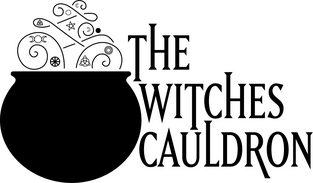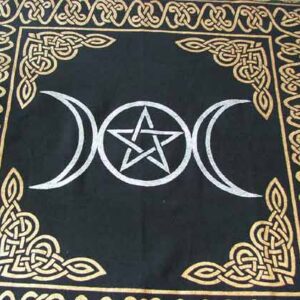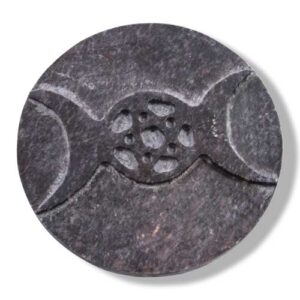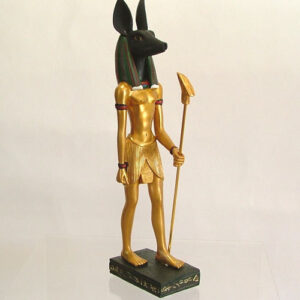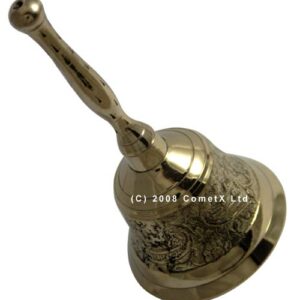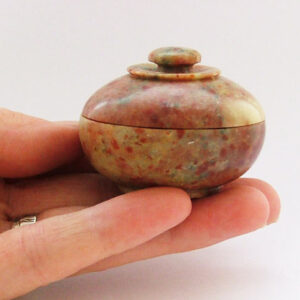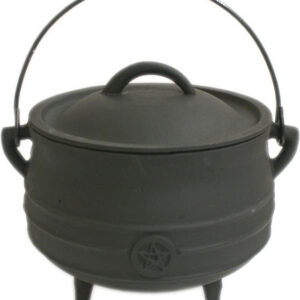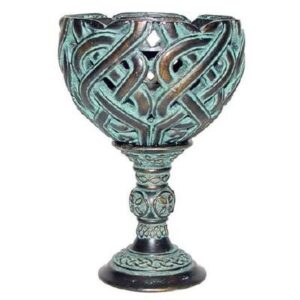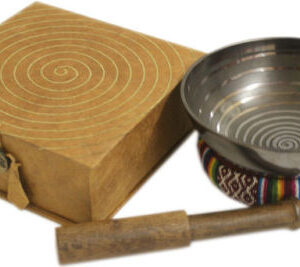Pagan Altarware
An altar is a place of worship and reflection. How you choose to use it will reflect and reinforce your views on the Divine, the universe, and nature. It can be used as a focal point for your spiritual practice, whether that is simple meditation, contemplation or magical ritual. A focal point of things that you think are beautiful or powerful is an altar, if used to its full potential.
An altar is also a place of worship, to be dedicated to the deities of your choice if desired. Some pagans even go so far as to turn an entire room into a temple.
A classic pagan altar is usually divided into two or four aspects. The left side may be devoted to the Goddess and all her associations, the right to the God. Alternatively, it will be split according to the four cardinal directions – North, East, South and West. The Goddess is associated with North and West: Earth and Water. The God occupies the East and South: Air and Fire.
All that’s needed to begin is a flat surface of some sort – whether a table, a shelf in a bookcase, or the top of a chest or wooden box – it really doesn’t matter. It’s even possible to buy purpose-made altar cabinets, tables and chests, or to create a portable altar that can travel with you – perfect for outdoor use. Some altars are situated where they can easily be hidden from prying eyes. An altar is a space to celebrate what’s important to you, so how you choose to use and adorn it is entirely personal. The same is true of your altarware.
It’s traditional to represent the God and Goddess through coloured candles, artwork or altar statues, and each magical tool on your altar is also associated with either God or Goddess. Masculine tools include athames and wands (anything long and slender), and due to association of Air and Fire with the God, incense and candles are typically housed on the right-hand side of the altar. The Goddess is represented by cauldron, chalice or cup, and offering bowl (all things round). For more details, see our Pagan Tools page.
Your altar should be versatile and able to change and develop as you do. You can use it to connect with specific deities or archetypes, according to how you dress it and what incense you burn, even what incense holders you use. Changing your altar cloth, candle colours and other decorations with the seasons is a great way to honour your journey through the wheel of the year.
A most important part of maintaining your altar is cleansing it. This refers to clearing out energetic debris, not physical, although of course your altar should be kept clean. Incense smoke such as sage is an excellent cleanser, as is salted spring water sprinkled very lightly over the area. The popularity of cinnamon brooms is due to cinnamon’s cleansing properties. Sound is also an important means to cleanse the energies of your altar and surrounding sacred space. Singing bowls produce a pure sound, and although they were traditionally intended to signal the beginning and end of a meditation, modern witches may also use them for cleansing purposes.
It can seem expensive to set up an altar and purchase the associated altarware, but remember, nature provides many beautiful adornments for you altar that you needn’t buy. Building up your altar over time allows you to choose the best pieces for you, and your spiritual practice won’t suffer, even if it takes you years to finish collecting. Regular change refreshes your altar and therefore your spiritual outlook – so don’t feel that you need to hurry. You may find the process of creating an altar as enjoyable as using it.
